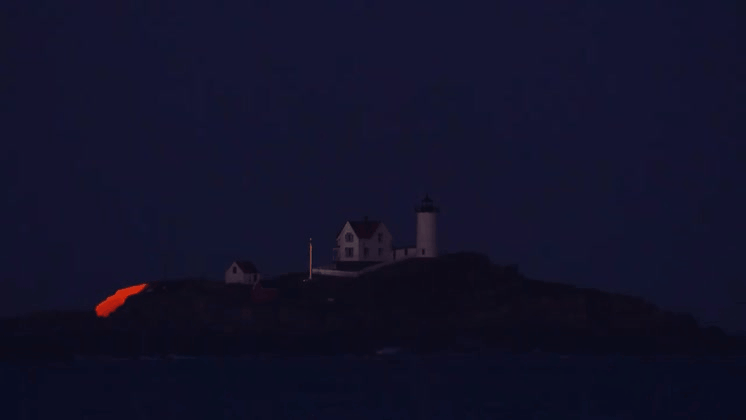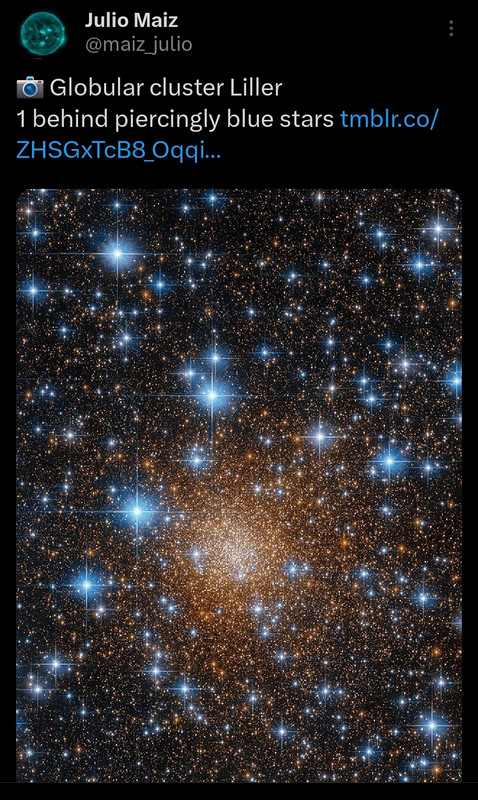-
SCAM WARNING! See how this scam works in Classifieds.
You are using an out of date browser. It may not display this or other websites correctly.
You should upgrade or use an alternative browser.
You should upgrade or use an alternative browser.
I just saw the moon
- Thread starter TheMadDabber
- Start date
florduh
Well-Known Member
You can't really see stars in LA. Too much light pollution. So I took advantage of all the power outages when I was in Floriduh, got really high, and started star watching.
I used an app on my phone to tell me what each star was and how far away they were. 30 light years? God damn, I'm seeing light from when I was a kid! Then I found this fucker:

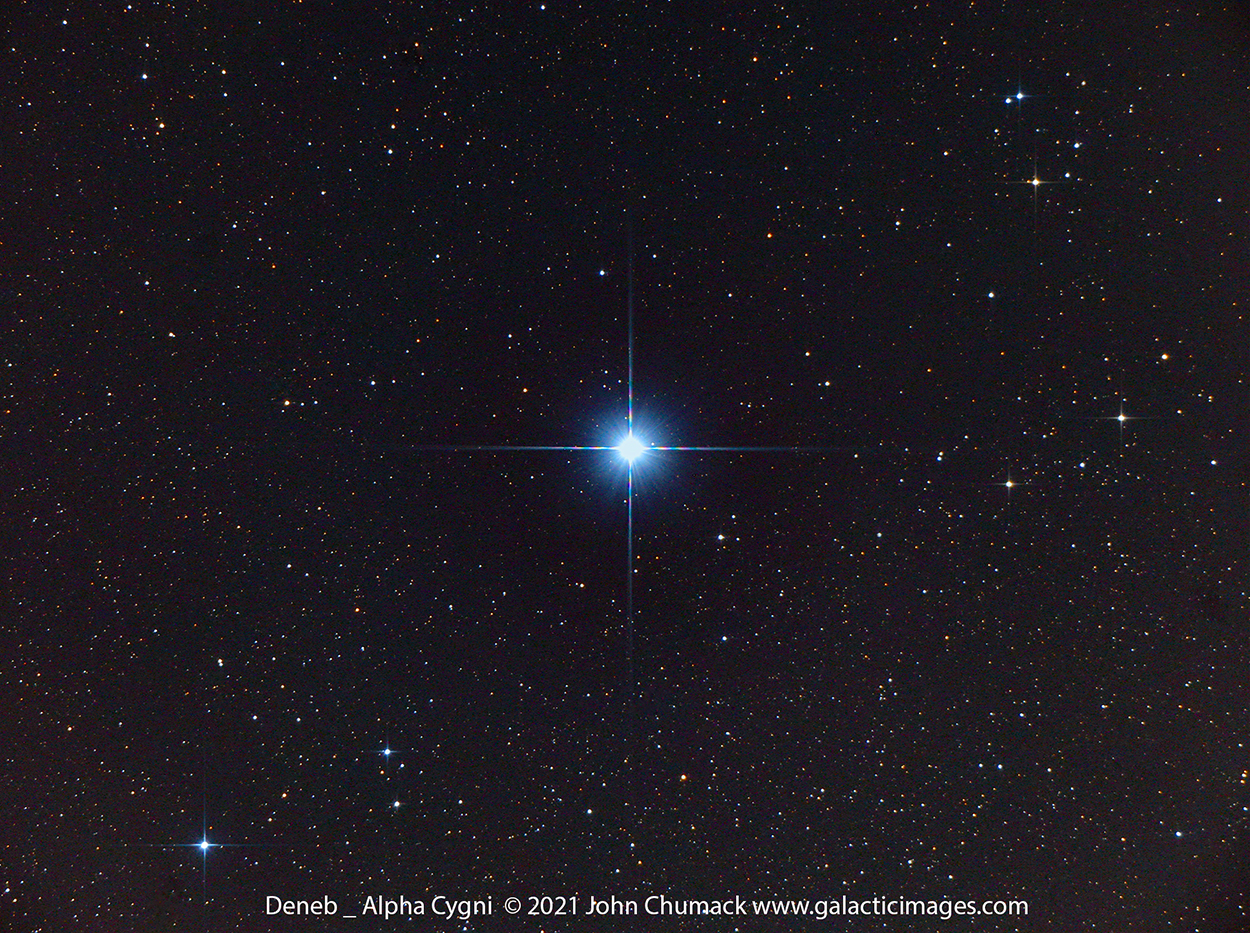
Deneb. In the constellation Cygnus. When observing Deneb, the photons hitting my eyes started travelling 2,620 years ago. These were moldy, Roman Empire ass photons! This freaked me out and I stared at it until my neck hurt.
Deneb is so bright because it's a dying supergiant, having burnt through all of its hydrogen. It's due to go nova in a few million years.
This whole night was very entertaining. With enough weed and clear skies, you don't really need TV
I used an app on my phone to tell me what each star was and how far away they were. 30 light years? God damn, I'm seeing light from when I was a kid! Then I found this fucker:


Deneb. In the constellation Cygnus. When observing Deneb, the photons hitting my eyes started travelling 2,620 years ago. These were moldy, Roman Empire ass photons! This freaked me out and I stared at it until my neck hurt.
Deneb is so bright because it's a dying supergiant, having burnt through all of its hydrogen. It's due to go nova in a few million years.
This whole night was very entertaining. With enough weed and clear skies, you don't really need TV

cybrguy
Putin is a War Criminal
I actually went and watched it again last night. Cosmo's moon...I LOVE that movie, and that scene is hilarious.
vapviking
Old & In the Way
Looks like at least one nod to some og Superheros.Prada and US based startup Axiom Space have unveiled the space suit astronauts will be wearing when they return to the Moon after half a century.
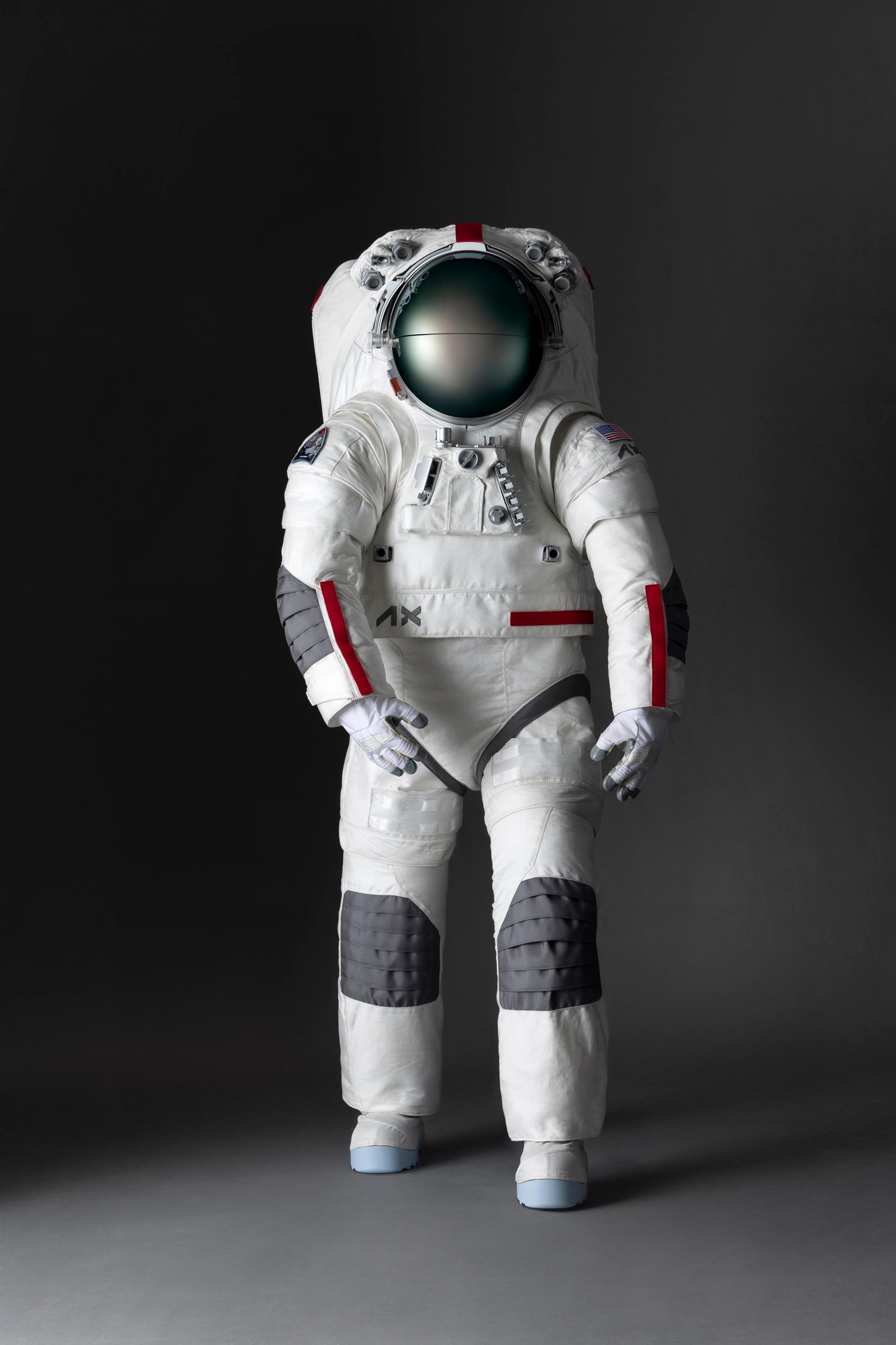
Briefs on the outside!
cybrguy
Putin is a War Criminal
It's funny that a luxury clothing designer is a principle player in spacesuit technology. I mean, if they were creating Olympic uniforms, that would make perfect sense, but this is science, not fashion or beauty. I was in the fashion industry for many years and I dealt with manufacturers quite a lot, but I can't really fathom how their general expertise would lend itself to this task other than the ability to take a design and make it work for different sizes and body types. We're not talking a huge number of suits here, so these are much more likely to be made by hand than to be "manufactured".Prada and US based startup Axiom Space have unveiled the space suit astronauts will be wearing when they return to the Moon after half a century.

I guess they intend them to be modular. So, not fully customized, I guess, but still...
Who's gonna make the helmet, Hasbro?
Last edited:
florduh
Well-Known Member
Maybe I should have said it's a partnership between Axiom Space and Prada instead.

 www.axiomspace.com
www.axiomspace.com
I'm sure the most important parts of the design was done by the space company. Here's what Prada has to say for their contribution:
Sounds like the Italians are just really good at sewing

Never heard of Axoim before but their big project is making a Space Station:
Axiom is an American company but they sure like working with Italians. I'm surprised their fuckin space suit didn't look like this:


Axiom Space, Prada Join Forces on Tech, Design for NASA’s Next-Gen Lunar Spacesuits
Oct 04, 2023 -
I'm sure the most important parts of the design was done by the space company. Here's what Prada has to say for their contribution:
Lorenzo Bertelli, Prada Group Chief Marketing Officer and Head of Corporate Social Responsibility said, “Going beyond our limits is one of the company’s values that perfectly reflects the spirit of the Prada brand and my parents’ vision. I’m very proud of the result we’re showing today, which is just the first step in a long-term collaboration with Axiom Space. We’ve shared our expertise on high-performance materials, features, and sewing techniques, and we learned a lot. I’m sure we’ll continue to explore new challenges, broaden our horizons, and build new scenarios together.”
Sounds like the Italians are just really good at sewing


Never heard of Axoim before but their big project is making a Space Station:
Axiom is an American company but they sure like working with Italians. I'm surprised their fuckin space suit didn't look like this:

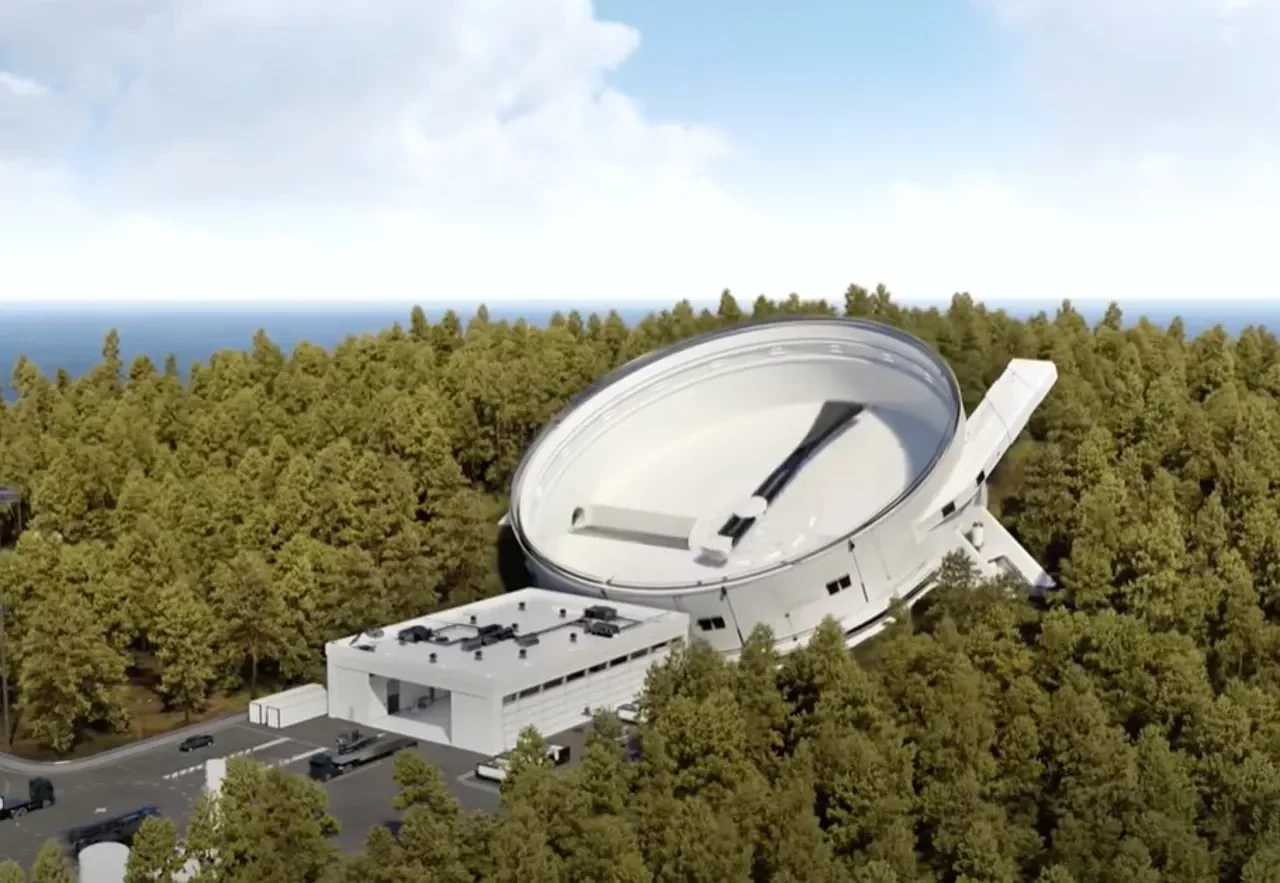
Giant catapult defies gravity by launching satellites into orbit without the need of rocket fuel
Satellites are critical for monitoring Earth's health, identifying issues like methane leaks, and conducting various other types of research.
Totally off topic but it reminded me of a rig built by acquaintances :
Giant catapult defies gravity by launching satellites into orbit without the need of rocket fuel
Satellites are critical for monitoring Earth's health, identifying issues like methane leaks, and conducting various other types of research.www.thebrighterside.news
CANtalk
Well-Known Member

Asteroid Alert! Four Large, Potentially Hazardous Space Rocks to Zoom Past Earth Tomorrow
On October 24, 2024, four large asteroids, including one as tall as a skyscraper, will pass by Earth within a 12-hour span. Though classified as "potentially hazardous," none of these space rocks pose a threat to our planet. Scientists hope to capture radar images to learn more about these newly...
CrazyDiamond
HAL is a StarChild
Enhancing what @CANtalk started...a 21MB image and pan video
Near the outskirts of the Small Magellanic Cloud, a satellite galaxy roughly 200,000 light-years from Earth, lies the young star cluster NGC 602. This image includes data from Webb’s NIRCam (Near-InfraRed Camera) and MIRI (Mid-InfraRed Instrument).
The local environment of this cluster is a close analogue of what existed in the early Universe, with very low abundances of elements heavier than hydrogen and helium. The existence of dark clouds of dense dust and the fact that the cluster is rich in ionized gas also suggest the presence of ongoing star formation processes. This cluster provides a valuable opportunity to examine star formation scenarios under dramatically different conditions from those in the solar neighborhood.
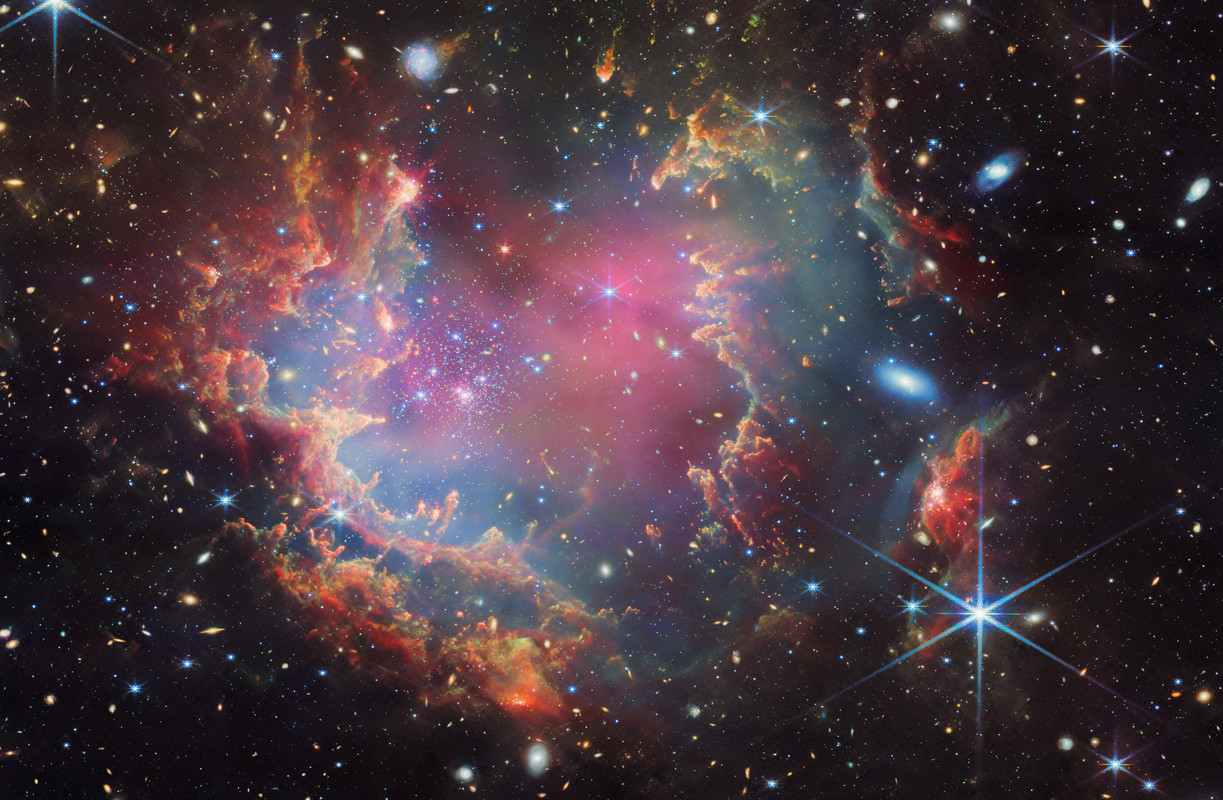
Near the outskirts of the Small Magellanic Cloud, a satellite galaxy roughly 200,000 light-years from Earth, lies the young star cluster NGC 602. This image includes data from Webb’s NIRCam (Near-InfraRed Camera) and MIRI (Mid-InfraRed Instrument).
The local environment of this cluster is a close analogue of what existed in the early Universe, with very low abundances of elements heavier than hydrogen and helium. The existence of dark clouds of dense dust and the fact that the cluster is rich in ionized gas also suggest the presence of ongoing star formation processes. This cluster provides a valuable opportunity to examine star formation scenarios under dramatically different conditions from those in the solar neighborhood.


Astronomers take a close look at a dandelion-shaped supernova and zombie star
In 1181, a new star shone near the Cassiopeia constellation for six months before disappearing. This event, recorded as a "guest star" by Chinese and Japanese observers almost a millennium ago, has puzzled astronomers for centuries. It is one of a few supernovae to be documented before the...
CANtalk
Well-Known Member

Geomagnetic Storm Warning issued after strong flare erupts from Sun
Those in the northern tier could be in for a Northern Lights show Sunday and Monday nights after charged particles were sent blasting from the Sun toward Earth in association with a strong solar flare.

Voyager 1 Just Phoned Home From 24 Billion Kilometers Away On A Transmitter Not Used Since 1981
Communication with the craft was interrupted, but Voyager 1 itself found an unorthodox solution.
CANtalk
Well-Known Member
CrazyDiamond
HAL is a StarChild
@NYC_Frank those bluish stars have so much shine because they are much closer to the camera than the cluster is, and, I'd hazard a guess, that globular cluster Liller is not in the Milky Way and those blue stars are within the Milky Way, hence closer, and you get the lens flare effect because of their proximity. Now all of that has to be taken with an understanding the "in proximity" and "closer" to the camera is still many light years and not like a trip to the store that's in proximity to your residence, lol.
Last edited:
CrazyDiamond
HAL is a StarChild
Some 13,000 light-years away toward the southern constellation Pavo, the globular star cluster NGC 6752 roams the halo of our Milky Way galaxy. Over 10 billion years old, NGC 6752 follows clusters Omega Centauri, 47 Tucanae, and Messier 22 as the fourth brightest globular in planet Earth's night sky. It holds over 100 thousand stars in a sphere about 100 light-years in diameter. Telescopic explorations of NGC 6752 have found that a remarkable fraction of the stars near the cluster's core are multiple star systems. They also reveal the presence of blue straggle stars, stars which appear to be too young and massive to exist in a cluster whose stars are all expected to be at least twice as old as the Sun. The blue stragglers are thought to be formed by star mergers and collisions in the dense stellar environment at the cluster's core. This sharp color composite also features the cluster's ancient red giant stars in yellowish hues. (Note: The bright, spiky blue star about 8 o'clock from the cluster center is a foreground star along the line-of-sight to NGC 6752)
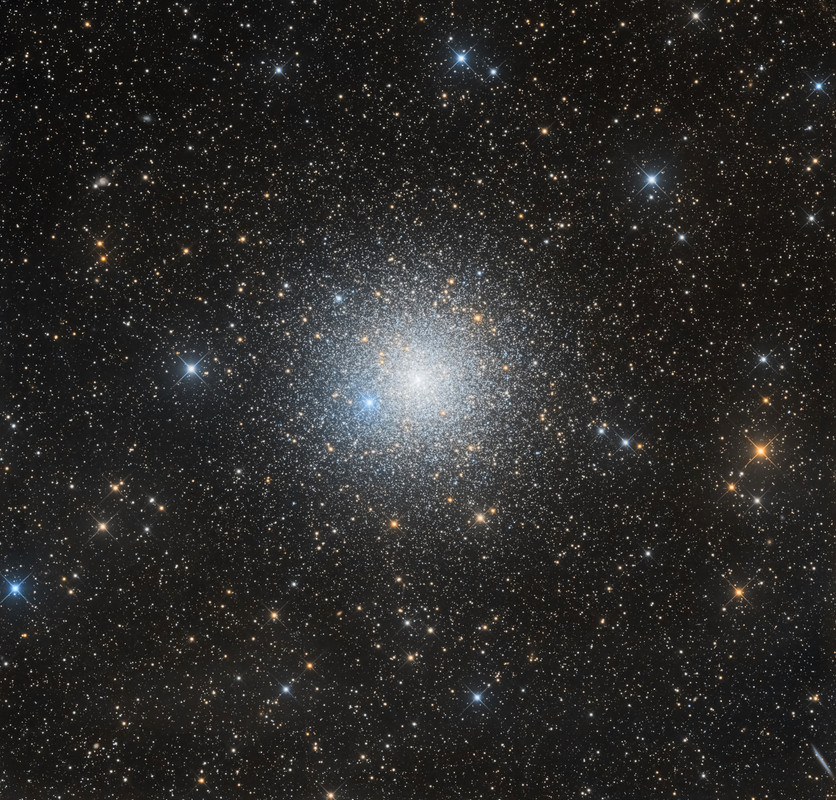
These brightly outlined flowing shapes look ghostly on a cosmic scale. A telescopic view toward the constellation Cassiopeia, the colorful skyscape features the swept-back, comet-shaped clouds IC 59 (left) and IC-63. About 600 light-years distant, the clouds aren't actually ghosts. They are slowly disappearing though, under the influence of energetic radiation from hot, luminous star Gamma Cas. Gamma Cas is physically located only 3 to 4 light-years from the nebulae and lies just above the right edge of the frame. Slightly closer to gamma Cas, IC 63 is dominated by red H-alpha light emitted as hydrogen atoms ionized by the hot star's ultraviolet radiation recombine with electrons. Farther from the star, IC 59 shows less H-alpha emission but more of the characteristic blue tint of dust reflected star light. The field of view spans over 1 degree or 10 light-years at the estimated distance of the interstellar apparitions.
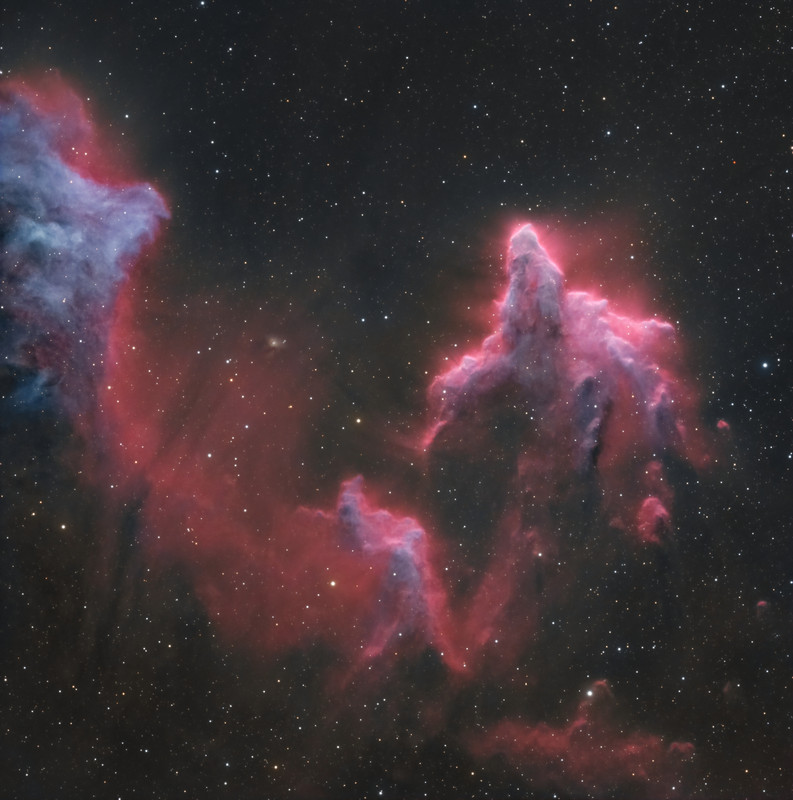
Big, beautiful spiral galaxy NGC 6744 is nearly 175,000 light-years across, larger than our own Milky Way. It lies some 30 million light-years distant in the southern constellation Pavo but appears as only a faint smudge in the eyepiece of a small telescope. We see the disk of the nearby island universe tilted towards our line of sight in this remarkably deep and detailed galaxy portrait, a telescopic image that spans an area about the angular size of a full moon. In it, the giant galaxy's elongated yellowish core is dominated by the light from old, cool stars. Beyond the core, grand spiral arms are filled with young blue star clusters and speckled with pinkish star forming regions. An extended arm sweeps past smaller satellite galaxy NGC 6744A at the upper left. NGC 6744's galactic companion is reminiscent of the Milky Way's satellite galaxy the Large Magellanic Cloud.
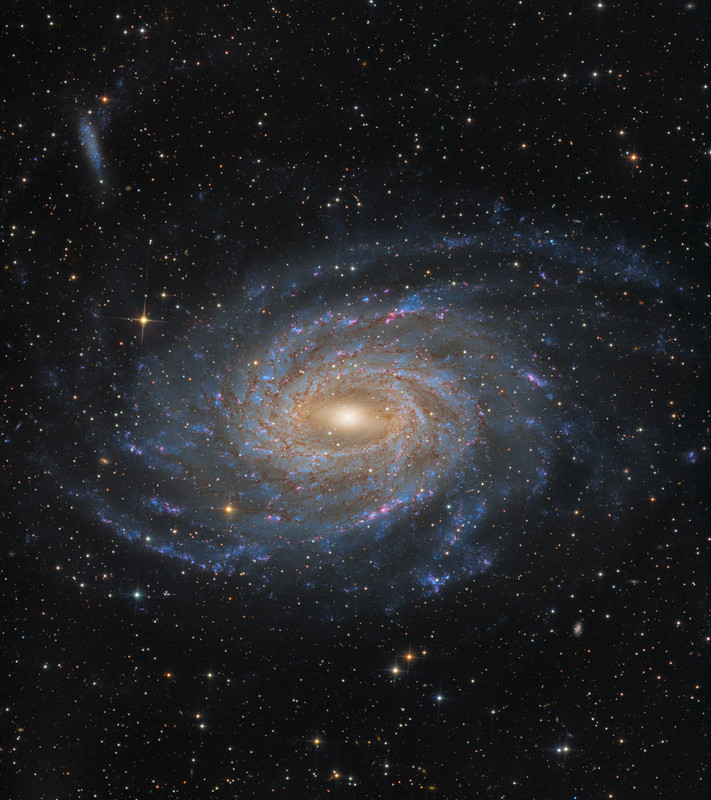
HST and JWST combined
This picture of the Eagle Nebula combines visible light exposures taken with the Hubble Space Telescope with infrared images taken with the James Webb Space Telescope to highlight evaporating gaseous globules (EGGs) emerging from pillars of molecular hydrogen gas and dust. The giant pillars are light years in length and are so dense that interior gas contracts gravitationally to form stars. At each pillar's end, the intense radiation of bright young stars causes low density material to boil away, leaving stellar nurseries of dense EGGs exposed. The Eagle Nebula, associated with the open star cluster M16, lies about 7000 light years away.
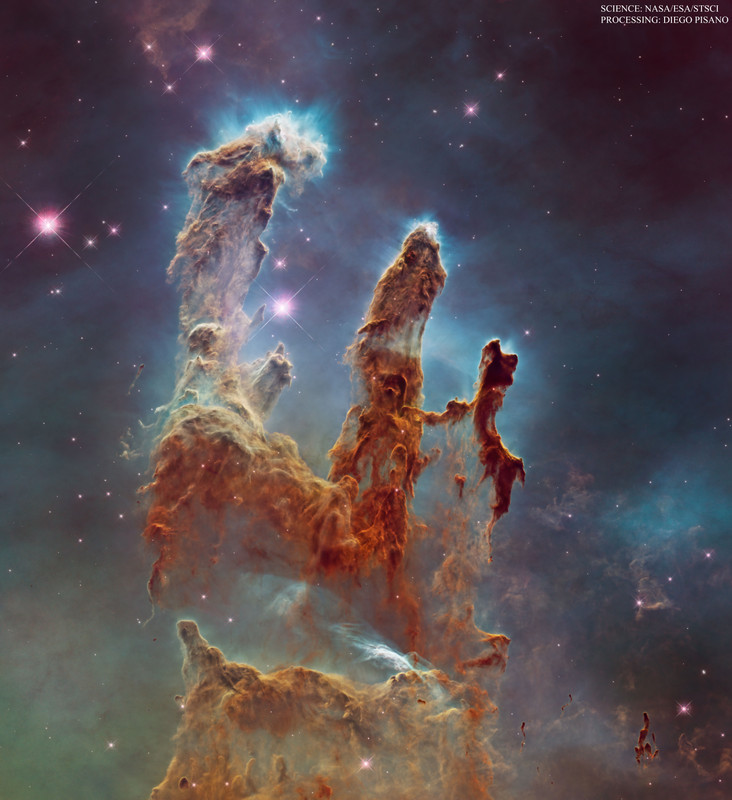
The gruesome palette of these galaxies is owed to a mix of mid-infrared light from the NASA/ESA/CSA James Webb Space Telescope, and visible and ultraviolet light from the NASA/ESA Hubble Space Telescope. The pair grazed one another millions of years ago. The smaller spiral on the left, catalogued as IC 2163, passed behind NGC 2207, the larger spiral galaxy at right.
Both have increased star formation rates. Combined, they are estimated to form the equivalent of two dozen new stars that are the size of the Sun annually. Our Milky Way galaxy forms the equivalent of two or three new Sun-like stars per year.
Both galaxies have hosted seven known supernovae, each of which may have cleared space in their arms, rearranging gas and dust that later cooled, and allowed many new stars to form. (Find these areas by looking for the bluest regions).
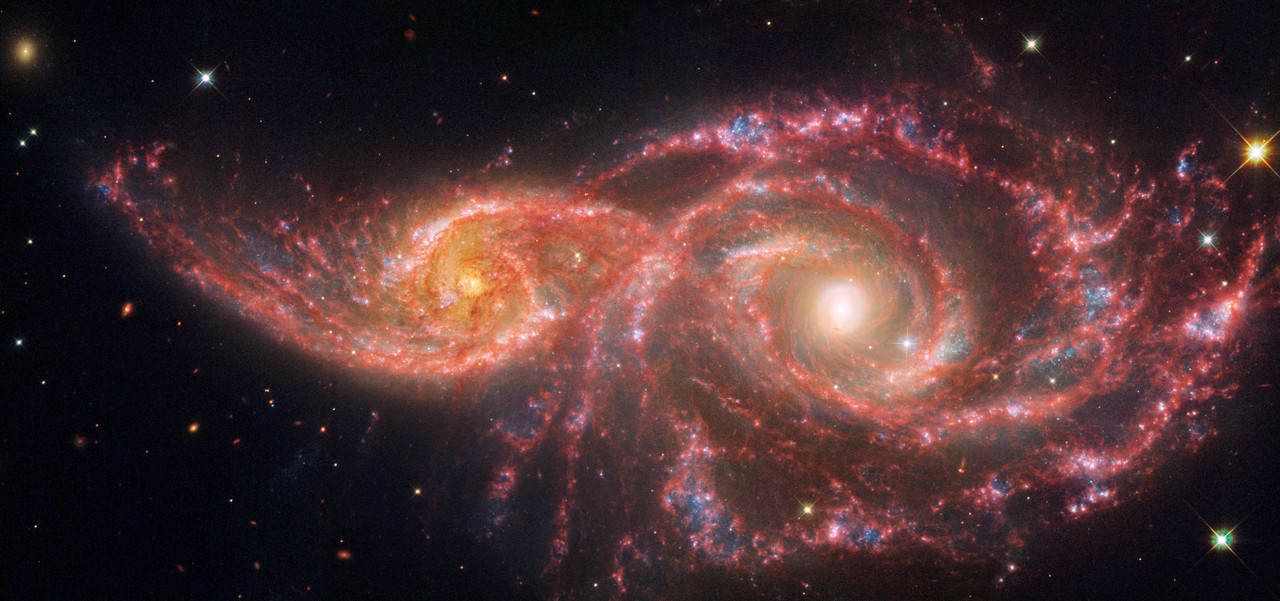

These brightly outlined flowing shapes look ghostly on a cosmic scale. A telescopic view toward the constellation Cassiopeia, the colorful skyscape features the swept-back, comet-shaped clouds IC 59 (left) and IC-63. About 600 light-years distant, the clouds aren't actually ghosts. They are slowly disappearing though, under the influence of energetic radiation from hot, luminous star Gamma Cas. Gamma Cas is physically located only 3 to 4 light-years from the nebulae and lies just above the right edge of the frame. Slightly closer to gamma Cas, IC 63 is dominated by red H-alpha light emitted as hydrogen atoms ionized by the hot star's ultraviolet radiation recombine with electrons. Farther from the star, IC 59 shows less H-alpha emission but more of the characteristic blue tint of dust reflected star light. The field of view spans over 1 degree or 10 light-years at the estimated distance of the interstellar apparitions.

Big, beautiful spiral galaxy NGC 6744 is nearly 175,000 light-years across, larger than our own Milky Way. It lies some 30 million light-years distant in the southern constellation Pavo but appears as only a faint smudge in the eyepiece of a small telescope. We see the disk of the nearby island universe tilted towards our line of sight in this remarkably deep and detailed galaxy portrait, a telescopic image that spans an area about the angular size of a full moon. In it, the giant galaxy's elongated yellowish core is dominated by the light from old, cool stars. Beyond the core, grand spiral arms are filled with young blue star clusters and speckled with pinkish star forming regions. An extended arm sweeps past smaller satellite galaxy NGC 6744A at the upper left. NGC 6744's galactic companion is reminiscent of the Milky Way's satellite galaxy the Large Magellanic Cloud.

HST and JWST combined
This picture of the Eagle Nebula combines visible light exposures taken with the Hubble Space Telescope with infrared images taken with the James Webb Space Telescope to highlight evaporating gaseous globules (EGGs) emerging from pillars of molecular hydrogen gas and dust. The giant pillars are light years in length and are so dense that interior gas contracts gravitationally to form stars. At each pillar's end, the intense radiation of bright young stars causes low density material to boil away, leaving stellar nurseries of dense EGGs exposed. The Eagle Nebula, associated with the open star cluster M16, lies about 7000 light years away.

The gruesome palette of these galaxies is owed to a mix of mid-infrared light from the NASA/ESA/CSA James Webb Space Telescope, and visible and ultraviolet light from the NASA/ESA Hubble Space Telescope. The pair grazed one another millions of years ago. The smaller spiral on the left, catalogued as IC 2163, passed behind NGC 2207, the larger spiral galaxy at right.
Both have increased star formation rates. Combined, they are estimated to form the equivalent of two dozen new stars that are the size of the Sun annually. Our Milky Way galaxy forms the equivalent of two or three new Sun-like stars per year.
Both galaxies have hosted seven known supernovae, each of which may have cleared space in their arms, rearranging gas and dust that later cooled, and allowed many new stars to form. (Find these areas by looking for the bluest regions).




